"This exhibit will inform, intrigue and spark conversation."
Waterways explores the nature of our relationship with water –
from the impact of development and climate change on the environment to the importance of Traditional Ecological Knowledge in
ensuring all living things have clean water, now and in the future.
In keeping with syilx environmental ethics, the Okanagan Waterways
Project reminds us that we all have a responsibility to work towards
building and upholding the sustainability of water for healthy ecosystems and for future generations.
Waterways aims at increasing awareness of the fragile relationship
between people and water in the Okanagan Valley and catalyzing
sustainable water practices among residents. The work draws on
the power of video, sound, and 3D worlds to immerse, provoke,
destabilize, transform and move participants to act responsibly and
sustainably. The exhibition mobilizes the knowledge emerging from
Waterways – the Past, Present and Future of the Okanagan Waterscape, a four-year Social Sciences and Humanities Research Council
(SSHRC) funded project led by Dr. Aleksandra Dulic, Principal Investigator, and Coinvestigators Drs Jeanette Armstrong, John Wagner,
Lael Parrott, Miles Thorogood and Marlowe Sam from University of
British Columbia in partnership with the En’owkin Centre whose input was vital in ensuring a rich cross-cultural Indigenous perspective
on water. Project was led by UBC Okanagan’s Centre for Culture
and Technology and several other organizations collaborated on the
project. These organizations included the Kelowna Museums Society,
Okanagan Collaborative Conservation Project and the Okanagan
Basin Water Board. Over the project’s lifetime, numerous community
partners, Elders and Knowledge Keepers of the syilx Okanagan First
Nations community were also involved in Waterways.
UBCO graduate students Sarah Alexis and Maria Correia conducted
interviews & coding, Rylan Broadband and Sepideh Safari developed
module design, Carla Mather, Jordan Pike and emerald Holt made
contributions to 3D visualizations and Jacen Denis was resposible for
video editing.
The exhibition features immersive media, which includes a video
installation featuring the insights of Elders and Knowledge Keepers
of the syilx Okanagan community, scientists and conservationists.
Waterways showcases examples of Indigenous-led restoration where
diverse partners continue to collaborate to enhance the sustainability of water. The Indigenous-led best practices in water management and ecological resilience, include the return of the salmon to
the Okanagan waterways, and flood bank restoration along Shingle
Creek and Okanagan River. These restoration initiatives demonstrate
how Traditional Ecological Knowledge is applied along with Western
science and show how Indigenous institutions have worked effectively with provincial and federal government agencies to co-manage
Waterways, Past, Present and Future 1
and co-lead these restoration efforts.
Complimenting the immersive video installation, a highly realistic virtual world where visitors can explore through a touch-screen interface what the Okanagan waterways were like
before colonization and subsequent development via 3D visualizations.
Spatially, the installation includes seven displays arranged in a
circle with an outer space showing the interactive 3D virtual
world integrated with texts of Indigenous syilx teachings and
wisdom related to human-water relations and values. The
inner space of the exhibition comprises of video screens featuring continuous accounts from knowledge keepers from
the syilx Indigenous community and others discussing the
meaning of water and water stewardship and sustainability,
superimposed with audio and video of Okanagan water and
landscapes. Activities for children include experiencing the 3D
virtual world and playing with the wooden animal cut-outs.
